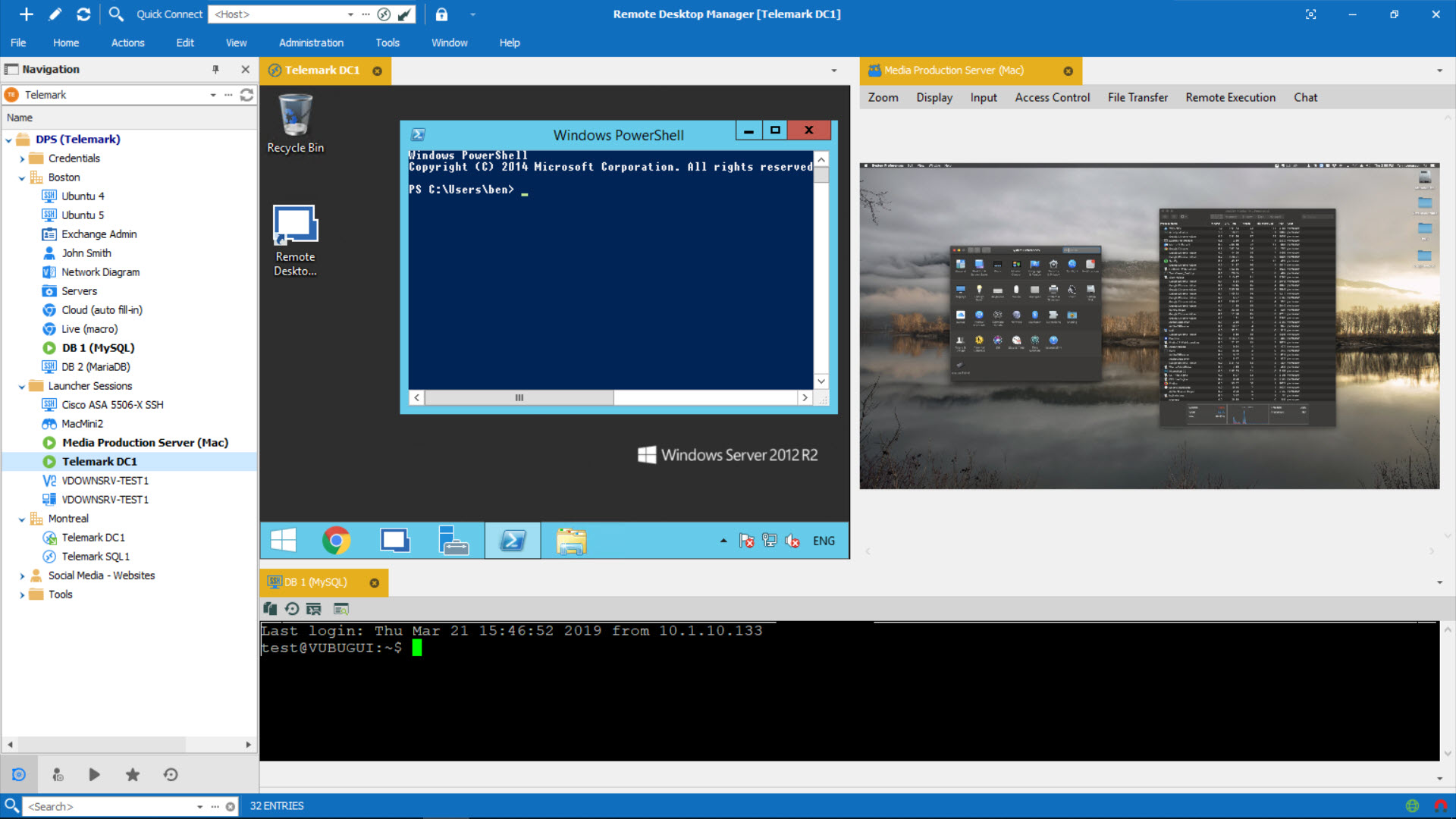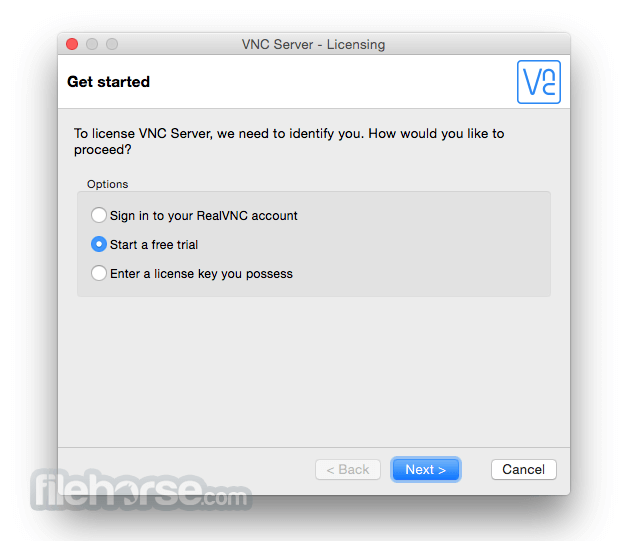
To effectively operate, VNCs need a secure network connection, a server that works off the same operating system, and a viewer. Having remote desktop capabilities aids in the productivity for all stakeholders: individual users, organizations, and IT personnel.

#Give access to vnc viewer for mac full
In contrast, VNC provides more robust device access through desktop sharing systems that allow you to take full control of a computer remotely. This means you can only access shared data and devices on that network, like a shared printer in an office. They accomplish similar things in the peer-to-peer networking world, as they allow remote access to a computer, but a VPN provides remote access to a network, rather than a device itself. When discussing VNCs, it’s easy to get confused with VPNs (Virtual Private Network). Now let’s take a look at each individually. Traditional networking, on the other hand, works when two computers are able to share information via individual client connections to a central server. Peer-to-peer networking works when two computers connect to each other directly, each doing double duty as both client and server.
#Give access to vnc viewer for mac software

From there, it’s much simpler to understand t he differences between VNC and RDP (Remote Desktop Protocol), which helps to make an informed decision about what service is best for an organization’s needs. Understanding the question “what is virtual network computing ( VNC) ” begins with defining its purpose.


 0 kommentar(er)
0 kommentar(er)
